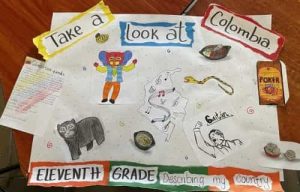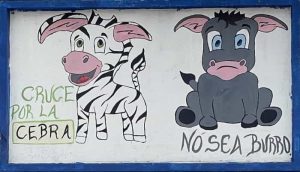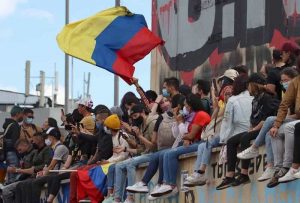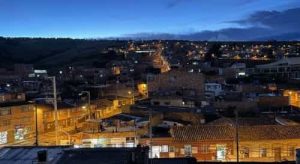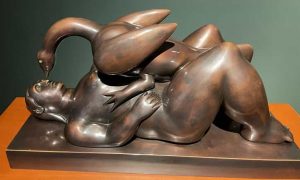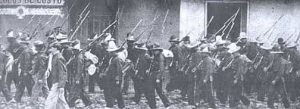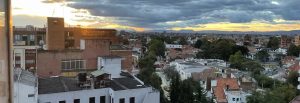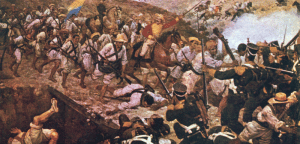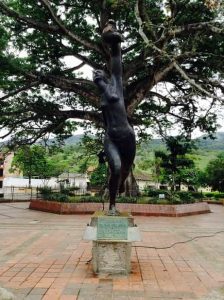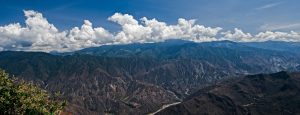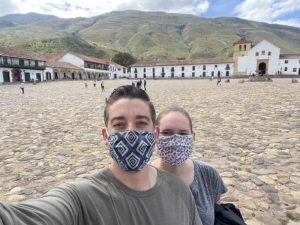
A Weekend in Villa de Leyva
Have you ever heard of the Kronosaurus? No? Perfect, because this entire post is going to be about that huge, 18 meter long pliosaur (what sciency people call water dinosaurs) that was named after the Greek titan Kronos. Just kidding. Unfortunately, this post is actually about a trip we took to the home of the second most complete Kronosaurus fossil in the entire world, Villa de Leyva.
